“We believe that memory is not a thing of the past but a driving force to create” Tsuyoshi Tane
Human scale
I wanted to start my long journey with Luxembourg city because the city itself has its own charming features : it’s a small town, easily walkable from one end to the other, and the old center is incredibly well preserved. Plus all the public transports are free and the museums are either very cheap, or even free depending on the hour. The only drawback is that the city is only very much alive during the day, not so much at night. Because living in Luxembourg city is so expensive that most of the people are either foreigners or are living in the countryside.
And so I found a really great appart-hotel, extremely well located and fully restored. The building was a bit over-secured though, there was two doors at the entrance each one with a different password which was changed daily. Then, you had to try and figure out how to open your own door for almost five minutes, because yes, there was a five steps notice to open a single door, go figure.
After spending fifteen minutes unraveling all my stuff, I left for the center to start a first round of exploration, and also to find a Kebab.
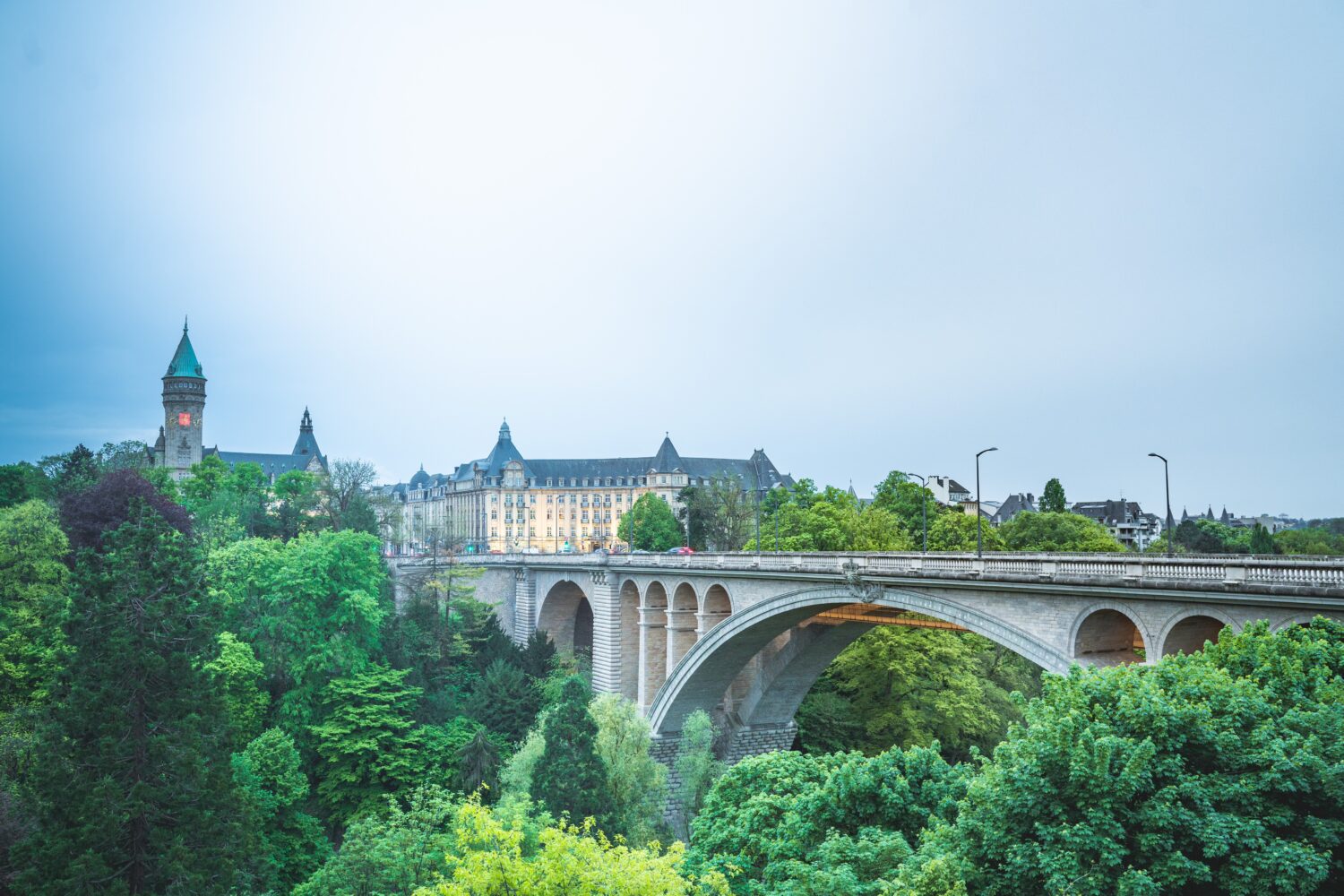
On higher ground
The city of Luxembourg was build on a plateau, surrounded by a very steep hill, the topography of its surroundings makes the city pattern very unique. The first thing you’ll notice is how green the city is. It is literally surrounded by centuries old forests, city and nature are entangled into each other, an incredible compromise for those who love nature but are considering themselves as urbanites. At noon many joggers are enjoying a run in the shadowy forests down the hill. If you are a bit adventurous the riversides of the Azette are a great place to explore as the lower parts feel more like a small village than an extension of the city itself.
For a photographer Luxembourg city is a an arousing playground, there is always something to see, everywhere you go is a potential vantage point that makes even the most remote thing a good subject.
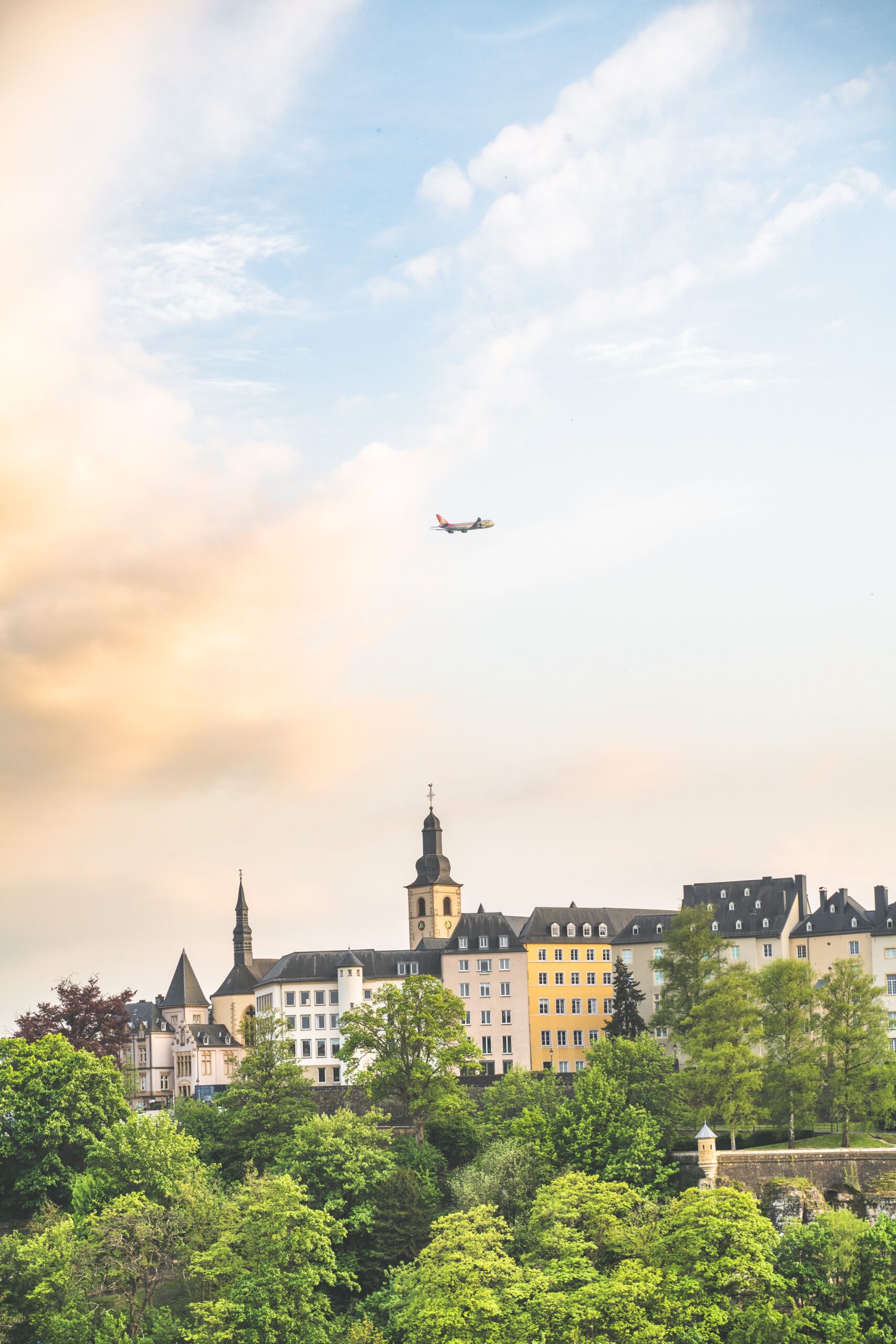
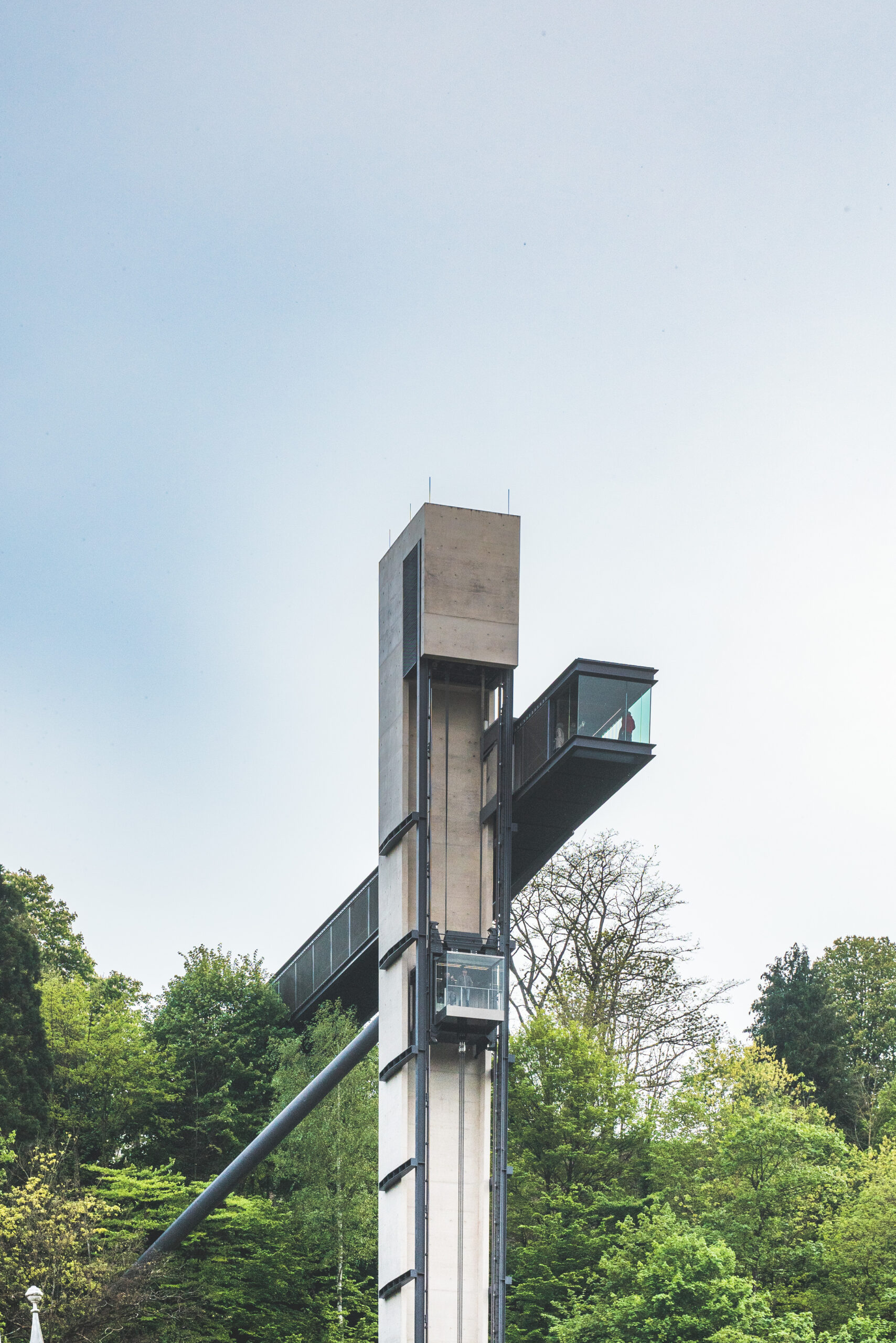
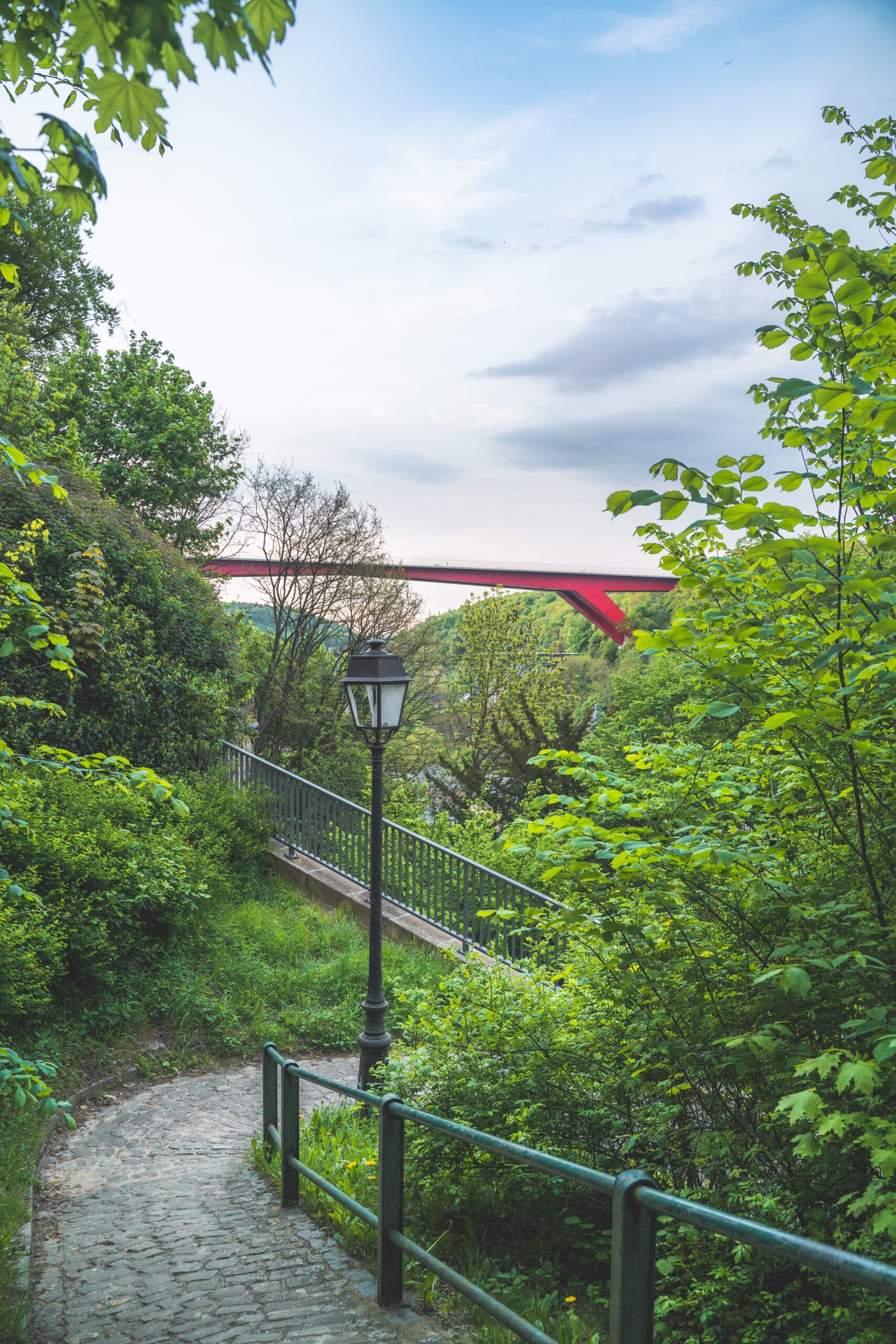
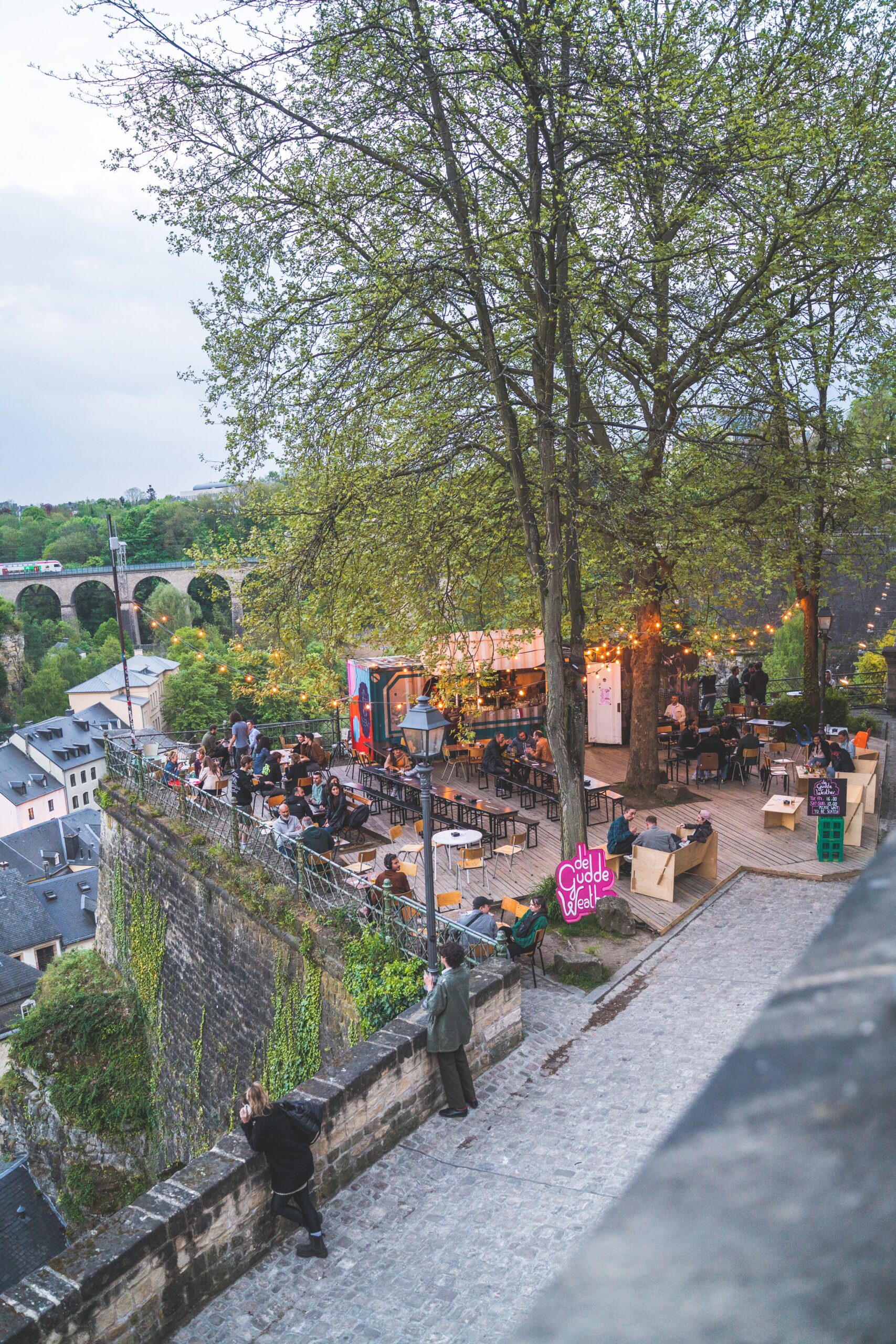
Architecture
The remains of the past are incredibly well preserved within the old city. Many buildings, even the most recent ones are standing on ruins. For instance, the History and art museum, is standing on the fortifications ruins and is half buried. Three level are above ground, and four levels are under. Exhibitions quality aside, the MNHA is an incredible place to understand how well the reuse and the enhancement of the ruins are displayed : in the buried part of the museum, the old walls are highlighted and very much visible.
Most of the time, the ruins are not dully exhibited under a glass dome, when they are not fully restored, they are consolidated and are an active part of the new construction. This way of reusing old structures was very common back in the middle age, when many constructions were build on top of old roman ruins. It was almost an obvious thing to do back then, when every ressource was hard to get. It was genuinely sustainable, a real way to reuse and reallocate the ressources, it actually made a lot of sens.
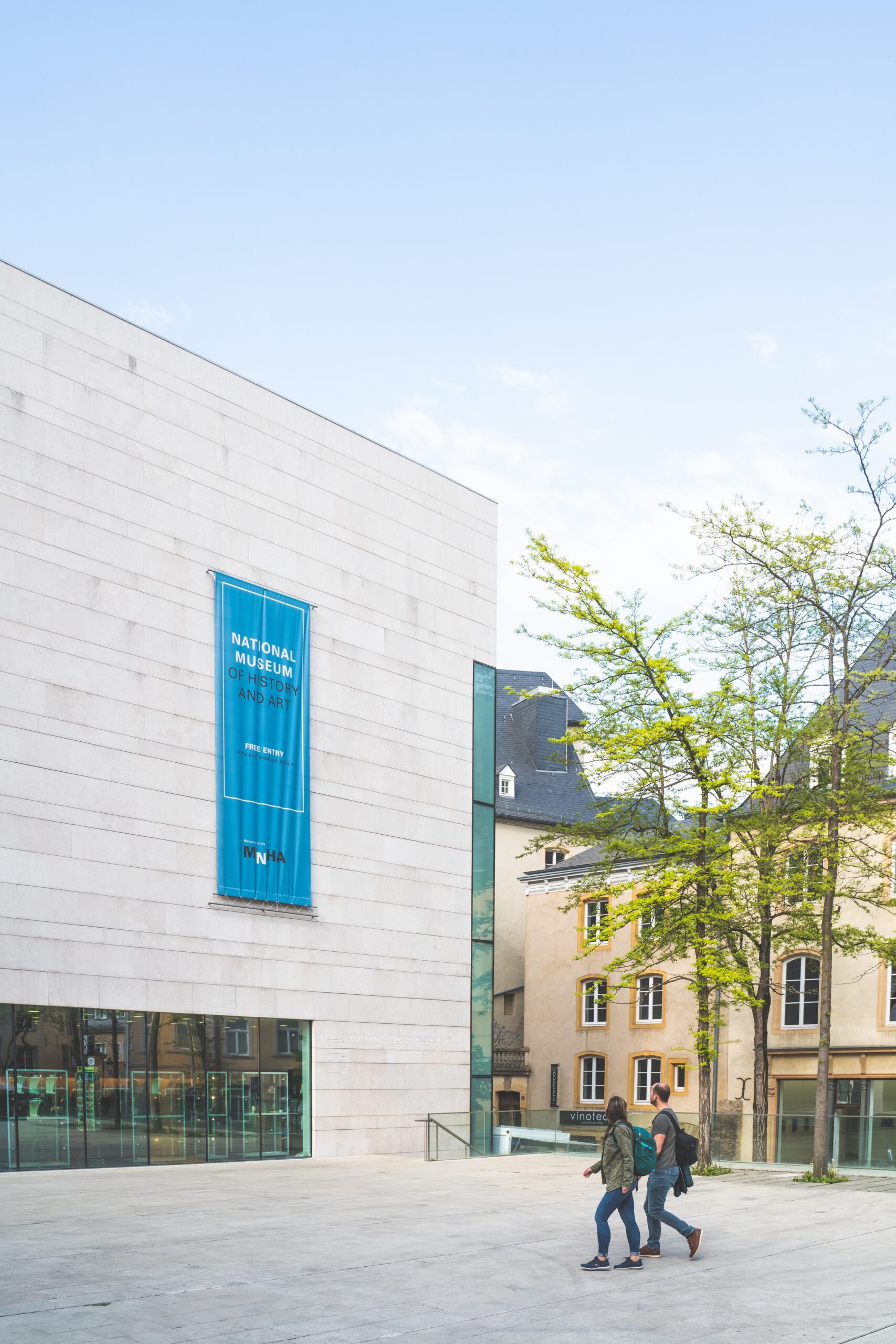
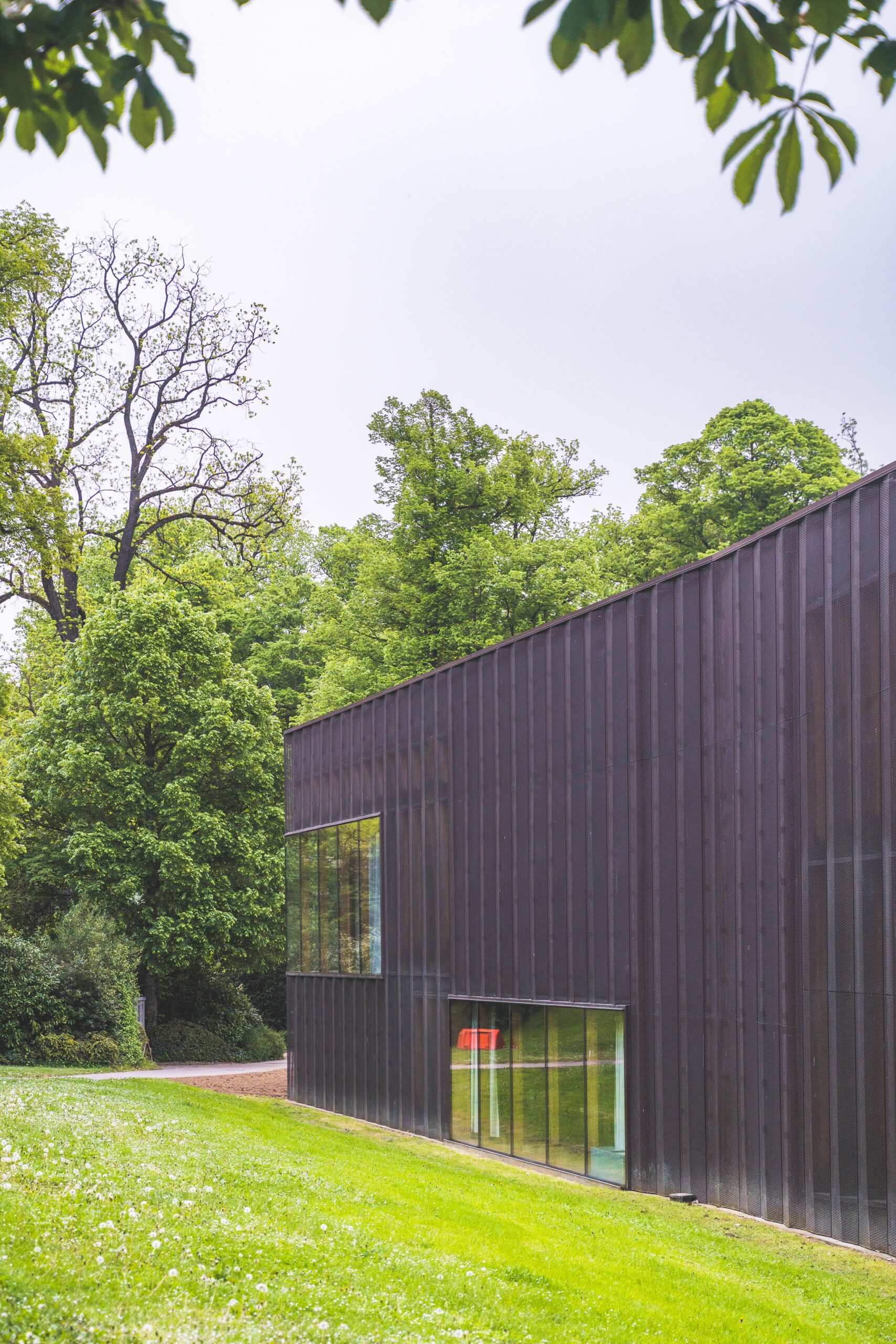
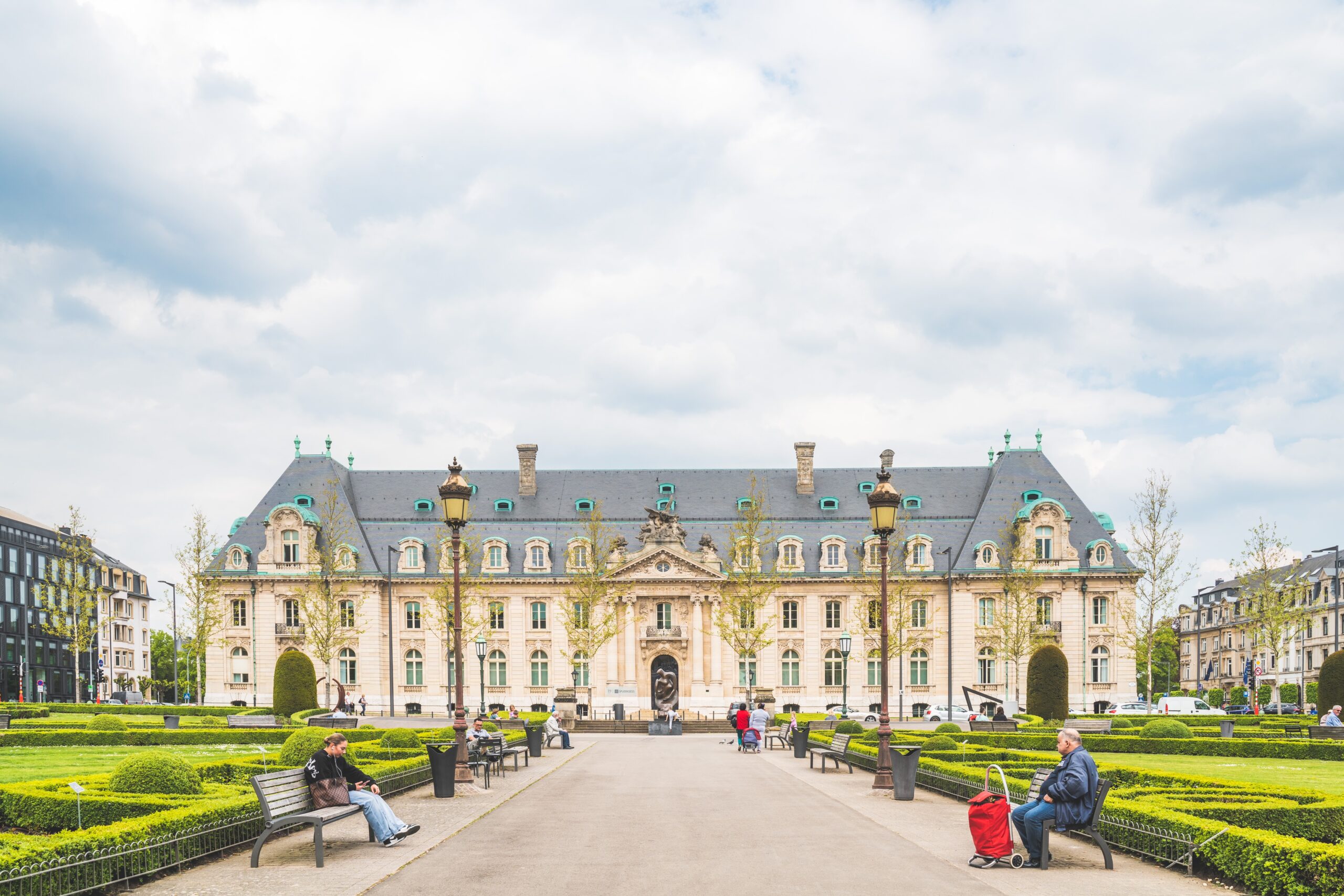
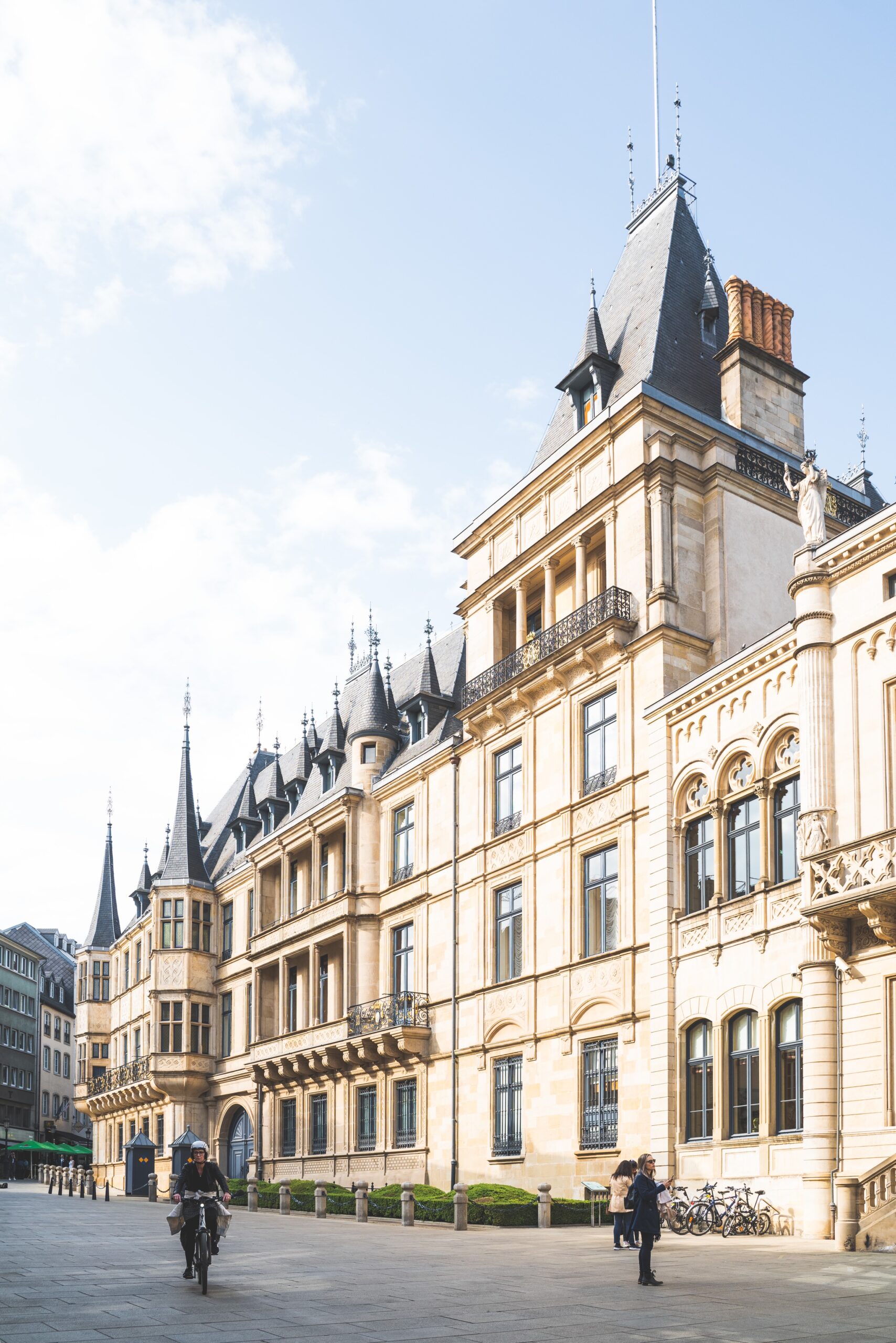
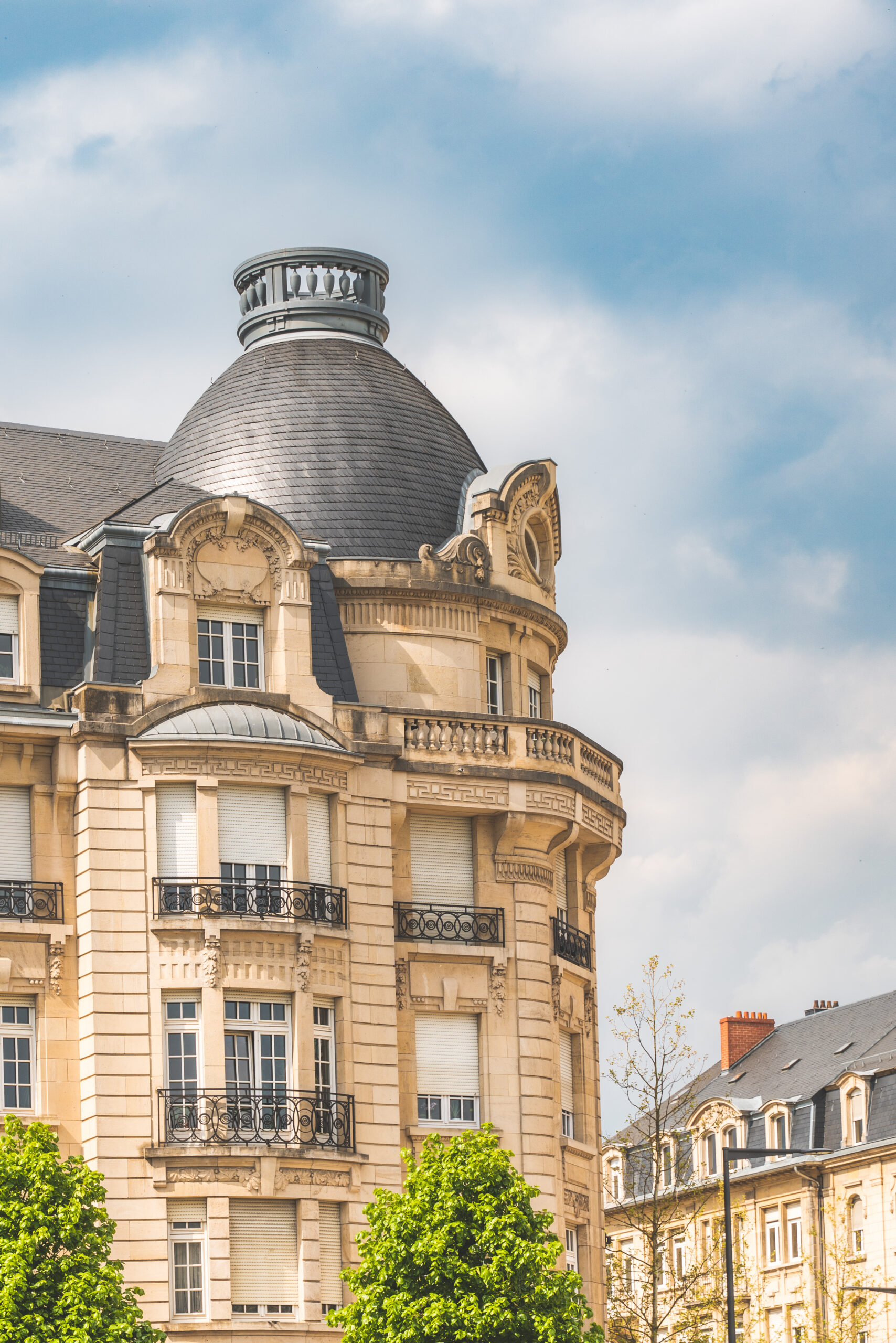
All things considered the architecture in Luxembourg was very much inspired by the Renaissant style from France. In an exhibition I read something very interesting regarding the overall influences in Luxembourg. It said that as Luxembourg was always a land of immigration and a lot of workers were from the countries surrounding it, the styles were an amalgam of all French, Dutch, German and Belgium styles. Not only in architecture, but in furnitures design, technologies and so on. The Luxembourgeois style is kind of a melting pot of combining all those styles.


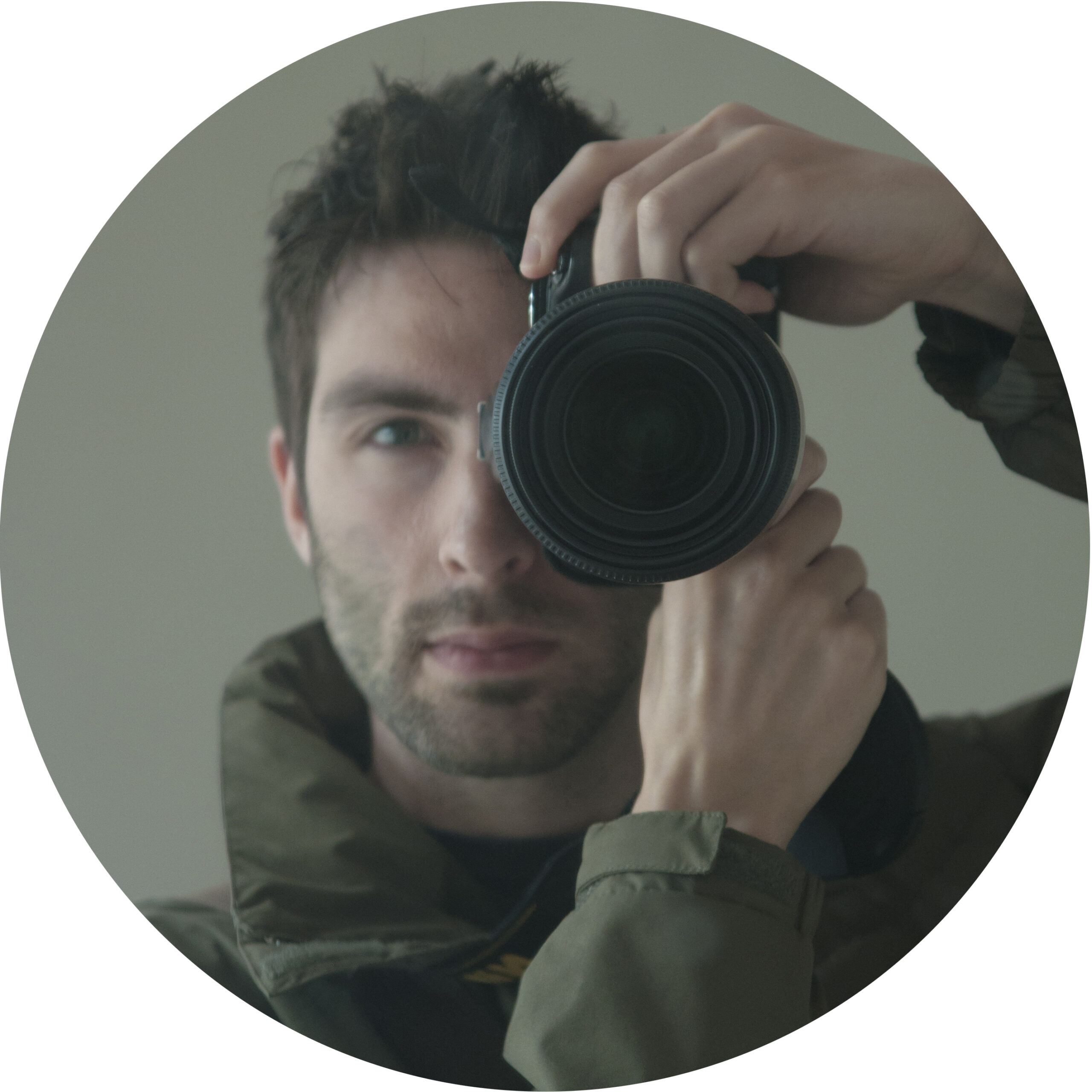
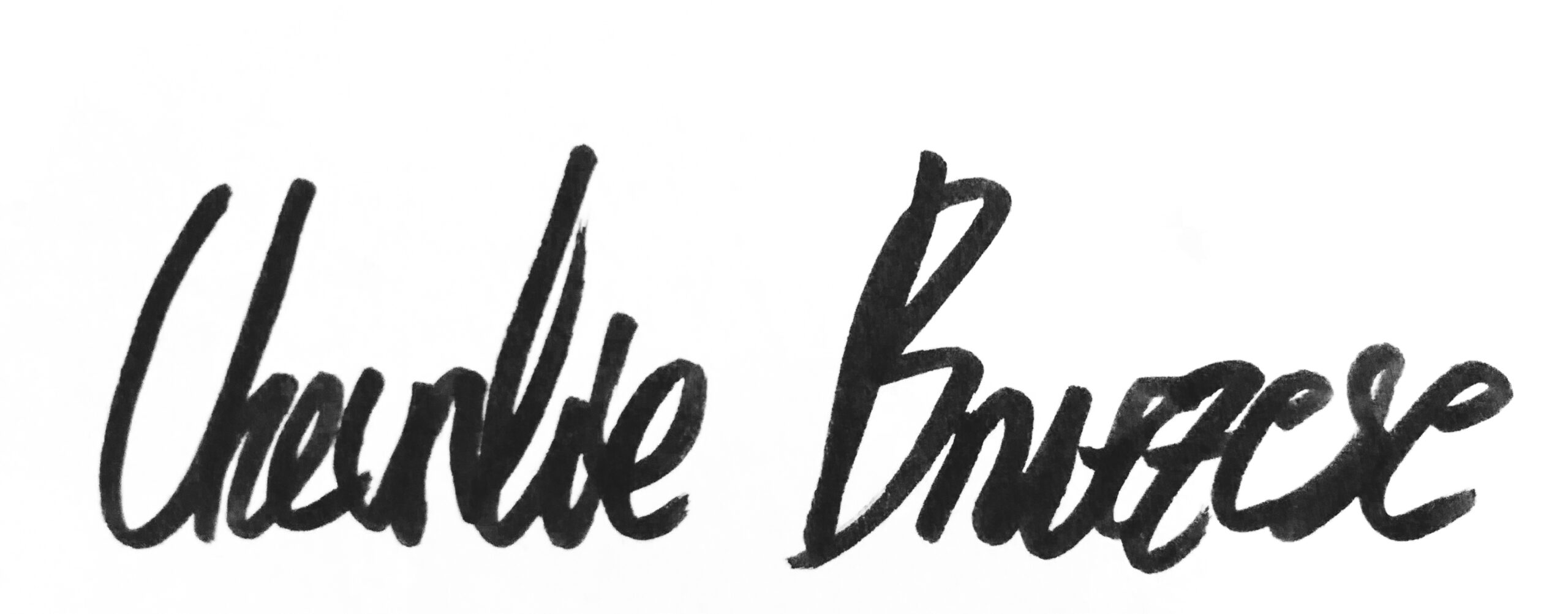
Leave a reply